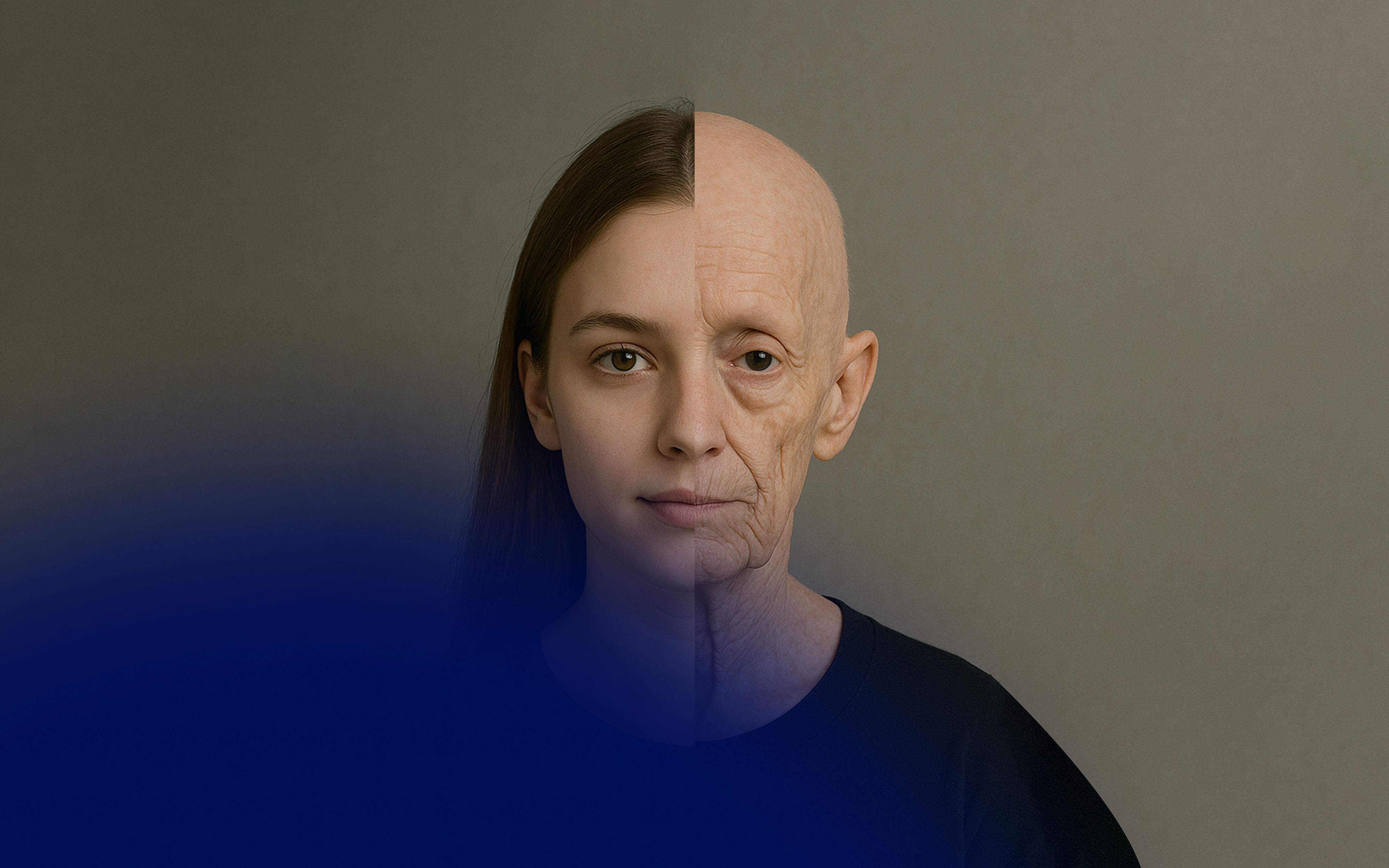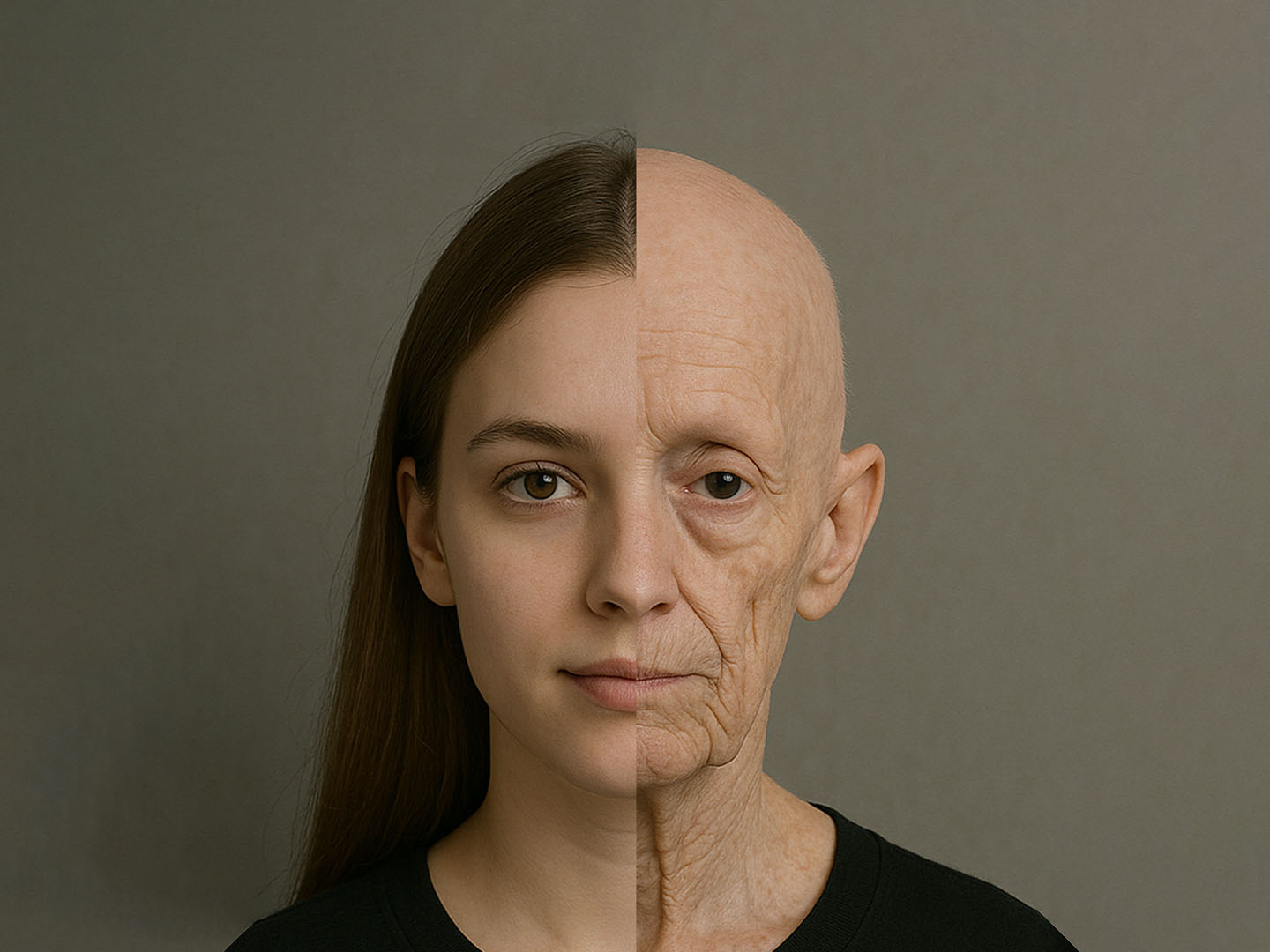
The concept of aging has traditionally centered around what we can see, wrinkles, volume loss, pigmentation. But the skin's aging process is far more complex, driven by a network of biological changes that begin at the cellular level. One of the more intriguing discoveries in this area is a protein called progerin, which has shifted how scientists and clinicians view the mechanisms of aging. Once thought to be relevant only in the context of a rare genetic disorder, progerin is now recognized as a factor in normal aging, particularly in the skin.
For professionals working in aesthetic medicine, understanding what progerin is and how it behaves in the body opens up new questions. Could this mutated protein be contributing to your patient’s skin laxity or thinning dermis? Might future treatments target progerin specifically? And how do we distinguish between marketing claims and legitimate science when it comes to anti-progerin skincare?
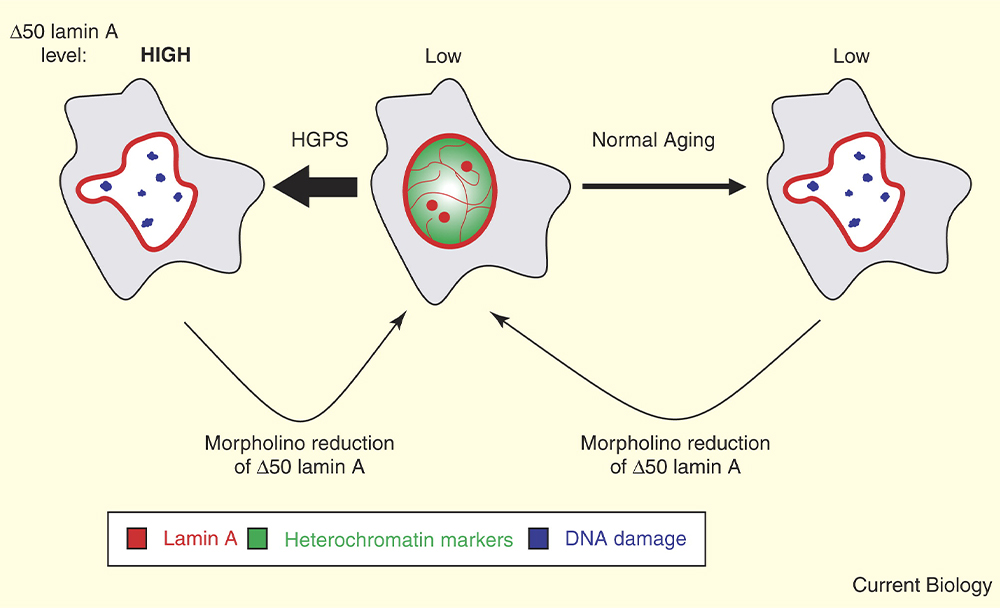
Key Takeaways for Aesthetic Practitioners
- Progerin is a mutated form of a structural protein in the cell nucleus that disrupts cellular health and speeds up aging.
- It’s linked to both premature aging syndromes and normal skin aging, particularly under UV and environmental stress.
- While it’s not something you can directly “erase” yet, awareness of progerin can shape anti-aging discussions and skincare planning.
- Retinoids, antioxidants, and other topicals show indirect potential in mitigating its effects, but the science is still evolving.
What is Progerin?
Progerin is a defective protein caused by an abnormal splice variant of the LMNA gene, which normally produces lamin A, a key structural component of the cell nucleus. In the case of progerin, a segment of the gene is improperly cut during RNA processing, leading to a shortened, permanently farnesylated version of lamin A.
This faulty form builds up inside the nuclear envelope, distorting the shape of the nucleus and impairing various cellular functions. Over time, this results in DNA damage, reduced cell division, and early cellular senescence, hallmarks of aging.
A Link to Progeria and Beyond
Progerin was first identified in children with Hutchinson-Gilford Progeria Syndrome (HGPS), a rare genetic disorder where aging occurs rapidly from a very young age. These children develop wrinkles, hair loss, and cardiovascular disease within the first decade of life.
What surprised scientists, however, was that progerin isn’t exclusive to progeria. It also shows up, at low levels, in normal skin cells as we age. Its accumulation is thought to contribute to features of photoaging and intrinsic aging alike.

Progerin and Natural Aging
How Does Progerin Increase with Age?
In healthy individuals, progerin expression remains low in youth but gradually increases due to:
- Cumulative DNA damage
- Oxidative stress
- Chronic inflammation
- UV radiation exposure
Skin that has undergone years of photoaging tends to show higher progerin levels compared to protected areas. This helps explain why the face, neck, and hands are often among the first to show visible signs of aging.
Progerin’s effects on the skin include:
- Thinner dermal layers
- Loss of elasticity
- Decreased regenerative capacity
- Slower healing and cellular turnover

How to Reduce Progerin in Skin
There is currently no FDA-approved method to directly block or remove progerin. However, some interventions may help reduce its accumulation or mitigate its impact:
- Retinoids, which stimulate skin renewal and may support healthier cell signaling.
- Vitamin D3, shown in some research to play a role in nuclear health and DNA repair. There’s ongoing exploration of the link between progerin and vitamin D3 pathways.
- Peptides that support collagen synthesis and cellular repair.
- Antioxidants, which combat oxidative stress, one of the triggers for progerin buildup.
These interventions don’t stop progerin production but may reduce the environmental and cellular triggers that accelerate its effects.
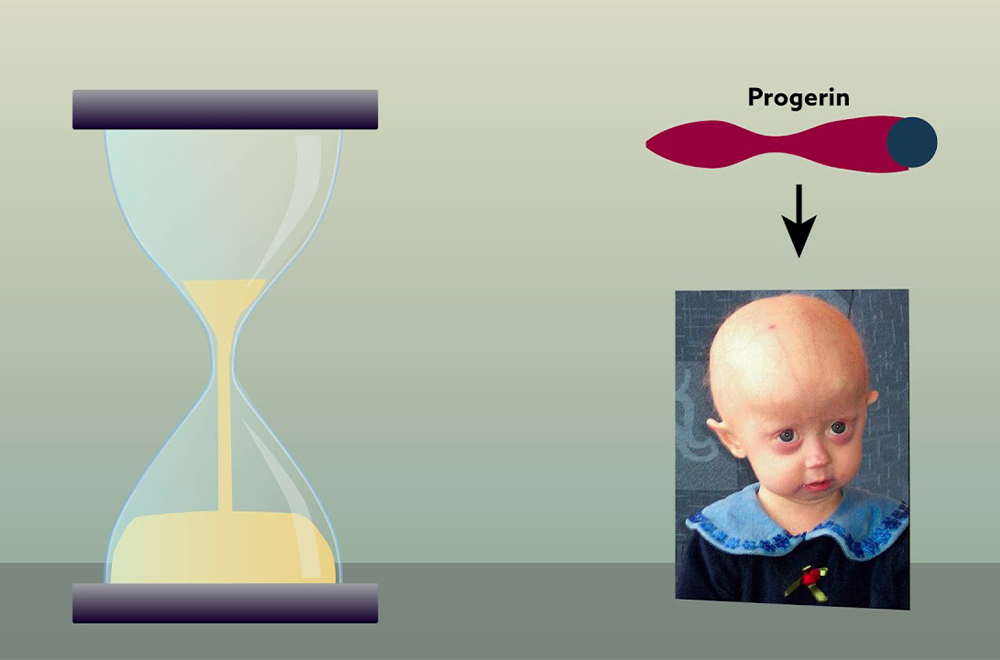
Aesthetic Implications of Progerin
Understanding how progerin contributes to aging gives aesthetic professionals a deeper perspective on skin health. While you can't currently test for or target progerin directly in clinical practice, it's a useful biomarker for photoaging and cell senescence in experimental dermatology.
Can We Target Progerin?
Research is underway into molecules that could:
- Interfere with the abnormal LMNA splicing.
- Inhibit progerin farnesylation (a process that anchors it in the nuclear membrane).
- Boost nuclear repair and stem cell renewal.
These are still in preclinical or investigational stages. For now, interventions remain indirect, focusing on lifestyle, sun protection, and active skincare.
Progerin as a Biomarker
Some studies suggest that measuring progerin levels in skin could one day help:
- Assess biological skin age.
- Predict responsiveness to certain treatments.
- Track the effectiveness of anti-aging protocols.
However, this remains a research tool for now, rather than a diagnostic one in aesthetic practice.
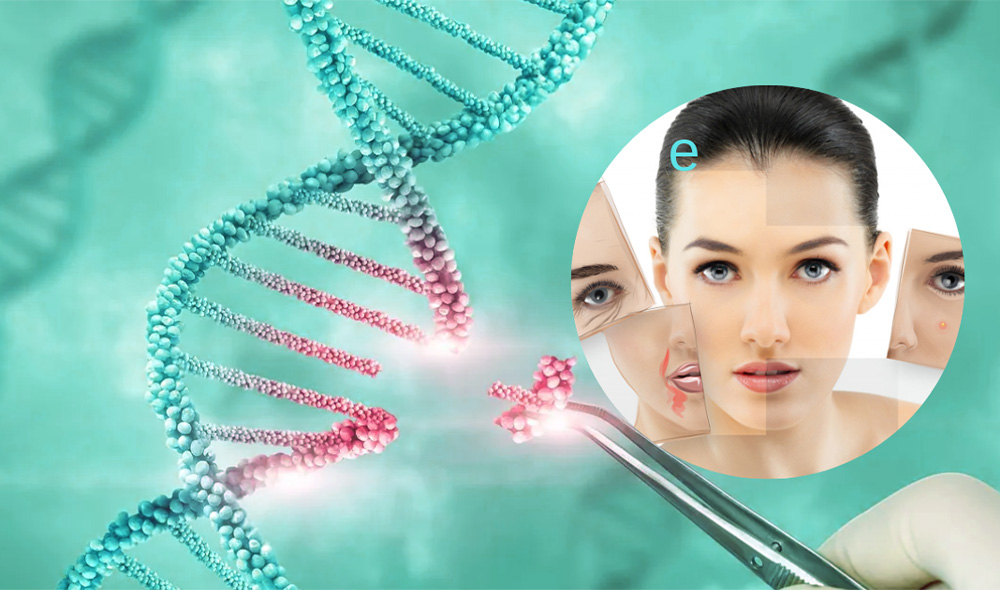
Skincare and Treatments: Any Impact on Progerin?
Several skincare brands now market products claiming to “fight progerin,” often using peptides or plant extracts. While some ingredients show theoretical benefit, much of this remains speculative.
Ingredients to Watch
- Retinoids: May reduce oxidative stress and promote DNA repair. Some in-vitro studies suggest a beneficial effect on nuclear morphology.
- Antioxidants: Vitamin C, E, and polyphenols can reduce stress that contributes to progerin expression.
- Vitamin D analogs: Early data suggest a possible regulatory role in cellular aging, though more research is needed.
- Progeline™: A peptide marketed for its anti-progerin effects. While it’s included in various cosmeceuticals, peer-reviewed data is limited. For more, see our article on Progeline.
To learn more about anti-aging peptides, visit Best Peptides for Anti-Aging: Guide and Peptides in Skincare.
What Can Clinicians Recommend?
While reducing progerin is not a direct option yet, clinicians can guide patients with science-backed strategies that help limit its triggers:
- Daily use of broad-spectrum sunscreen to reduce UV-induced damage.
- Topical retinoids for collagen support and cellular renewal.
- Lifestyle counseling on smoking cessation and diet, both of which influence cellular aging.
- Incorporating antioxidant-rich skincare.
- Offering aesthetic medicine courses online to stay current with emerging anti-aging science and innovations.
These steps may not block progerin completely, but they offer a practical way to support healthier aging pathways and more resilient skin.
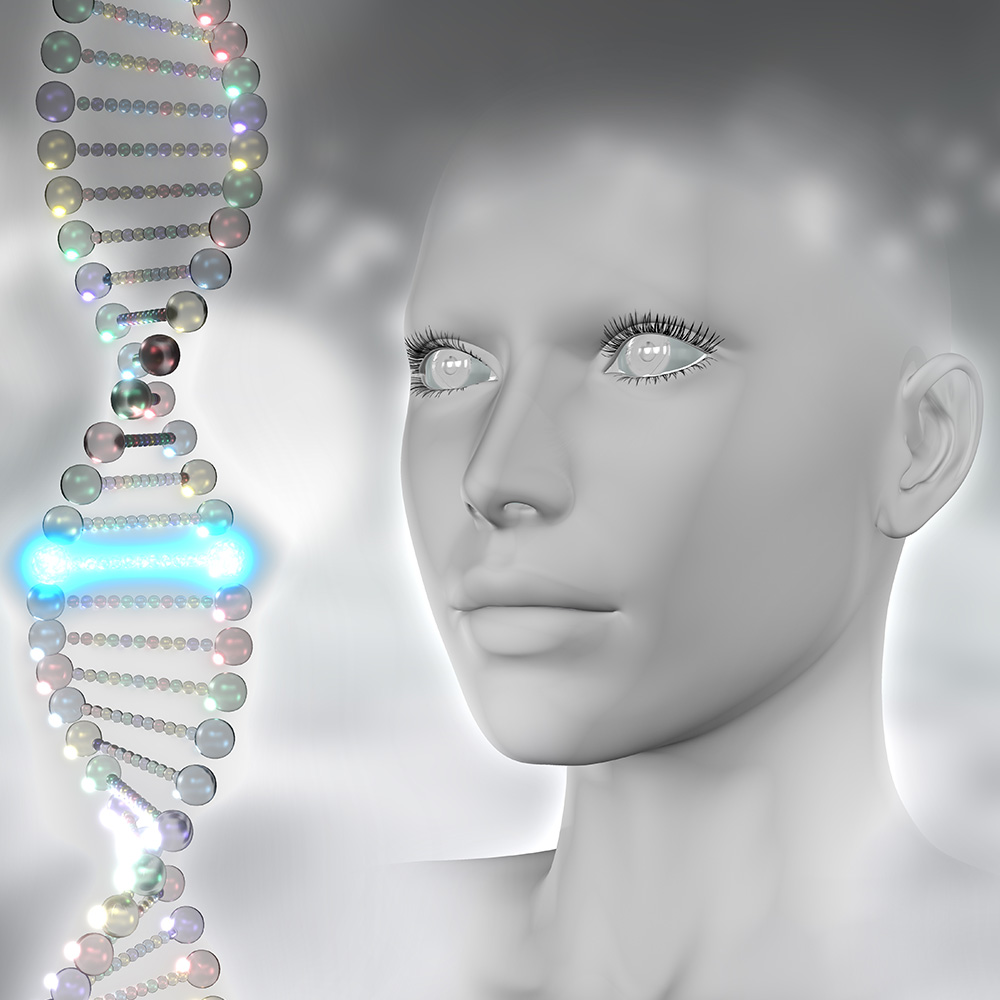
Conclusion
The discovery of progerin has provided an important clue in the broader puzzle of aging. What began as a genetic anomaly tied to Hutchinson-Gilford Progeria Syndrome has become a significant marker in the study of natural aging processes, particularly in the skin. Its accumulation in healthy individuals over time, and the way it disrupts nuclear structure and accelerates cellular senescence, offers insight into why some skin ages faster than others, and how deeper biological factors may influence surface-level appearance.
For aesthetic practitioners, this doesn’t mean immediate changes to clinical protocols, but it does point to the growing need to look beyond the epidermis when discussing anti-aging. While there is currently no way to eliminate or directly block progerin, understanding its triggers, UV exposure, oxidative stress, chronic inflammation, can inform patient education and treatment choices. Progerin may not yet be something we can treat directly, but understanding it sharpens our view of aging and the future of aesthetic care.
FAQ
What blocks progerin?
Currently, there is no approved method to block progerin directly. Experimental drugs targeting LMNA splicing or farnesylation are under research.
How to lower progerin levels naturally?
Avoiding excessive sun exposure, managing oxidative stress through diet and skincare, and using retinoids and antioxidants may help reduce progerin buildup.
What is the difference between progeline and progerin?
Progerin is a defective aging protein formed inside cells. Progeline is a cosmetic peptide marketed to reduce visible signs of aging, including claims of lowering progerin.
Does vitamin D reduce progerin?
Vitamin D3 may help support cellular repair and nuclear integrity. Some studies suggest a potential connection between progerin and vitamin D, but the relationship is not fully understood.
What peptides reverse skin aging?
Peptides like Matrixyl, Argireline, and Snap-8 help stimulate collagen or relax facial muscles. While they don’t directly reduce progerin, they support anti-aging mechanisms.
Sources
- Jiang B, Wu X, Meng F, et al. Progerin modulates the IGF-1R/Akt signaling involved in aging. Sci Adv. 2022;8(27):eabo0322. doi:10.1126/sciadv.abo0322 https://pubmed.ncbi.nlm.nih.gov/35857466/
- Gonzalo S, Kreienkamp R, Askjaer P. Hutchinson-Gilford Progeria Syndrome: A premature aging disease caused by LMNA gene mutations. Ageing Res Rev. 2017;33:18-29. doi:10.1016/j.arr.2016.06.007 https://pubmed.ncbi.nlm.nih.gov/27374873/
- Mosevitsky MI. Mol Biol (Mosk). 2022;56(2):181-205. doi:10.31857/S0026898422020124 https://pubmed.ncbi.nlm.nih.gov/35403615/
- Skoczyńska A, Budzisz E, Dana A, Rotsztejn H. New look at the role of progerin in skin aging. Prz Menopauzalny. 2015;14(1):53-58. doi:10.5114/pm.2015.49532 https://pubmed.ncbi.nlm.nih.gov/26327889/
Disclaimer:
This article is intended for licensed medical professionals. All protocols, dosages, and treatment insights referenced herein are based on published literature. The content is not intended to encourage application, diagnosis, or self-treatment of unlicensed individuals, and should not be used as a substitute for the clinical judgment of a qualified healthcare provider.
